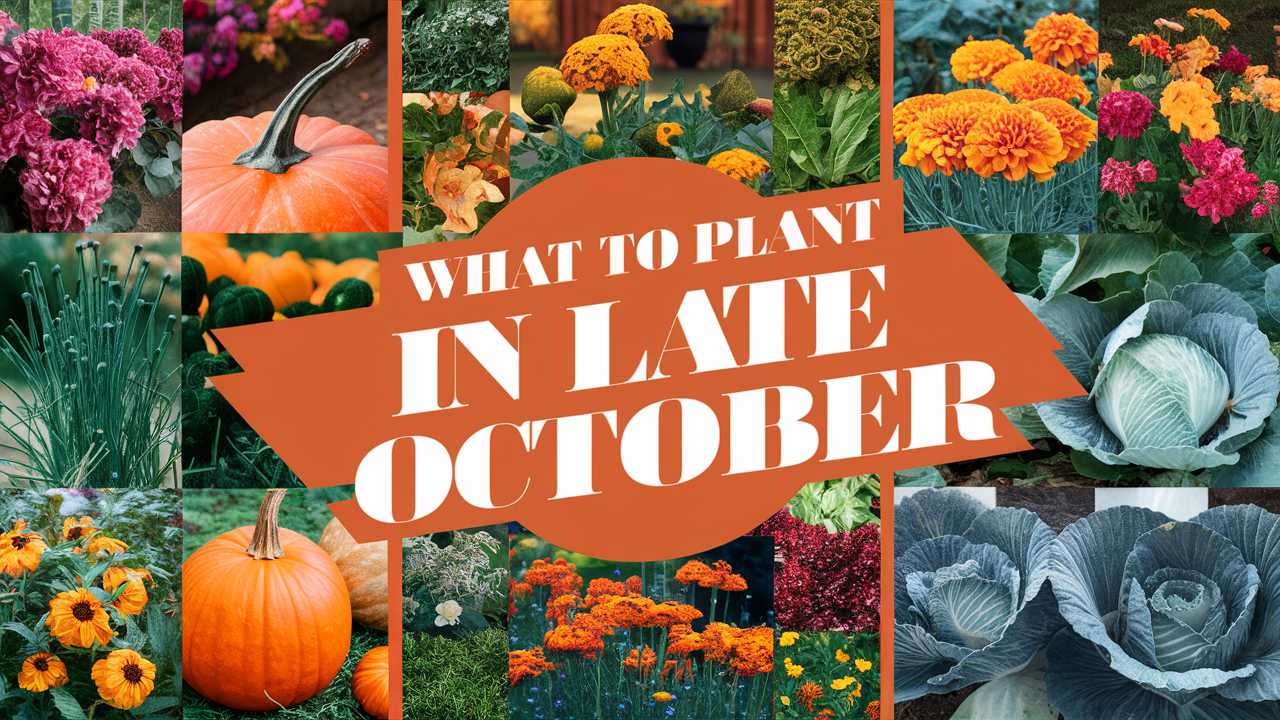This post is your guide to understanding what to plant in late October across various USDA zones, focusing on vegetables, flowers, herbs, and landscape plants. Let’s dive into each category and explore the best options.
Vegetables To Plant
Late October may seem like a time to step back from the garden, but many vegetables can thrive with the right care in specific USDA zones. Each of the following vegetables not only tolerates cooler temperatures but often benefits from the chill, enhancing their flavors.
Spinach
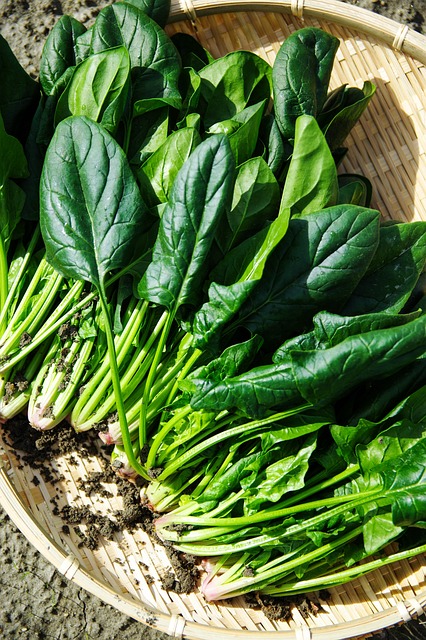
Spinach is a champion among cool-weather crops, thriving in USDA zones 3 through 9. It can germinate in soil temperatures as low as 40°F, making fall the perfect time to plant. Ideally, you should plant spinach seeds about 4-6 weeks before the first hard frost. For regions where frost arrives late, such as zone 8, planting in late October allows for a late harvest. Spinach can withstand temperatures as low as 20°F, and if you cover the plants with row covers or mulch, they may continue growing into the winter months.
Kale
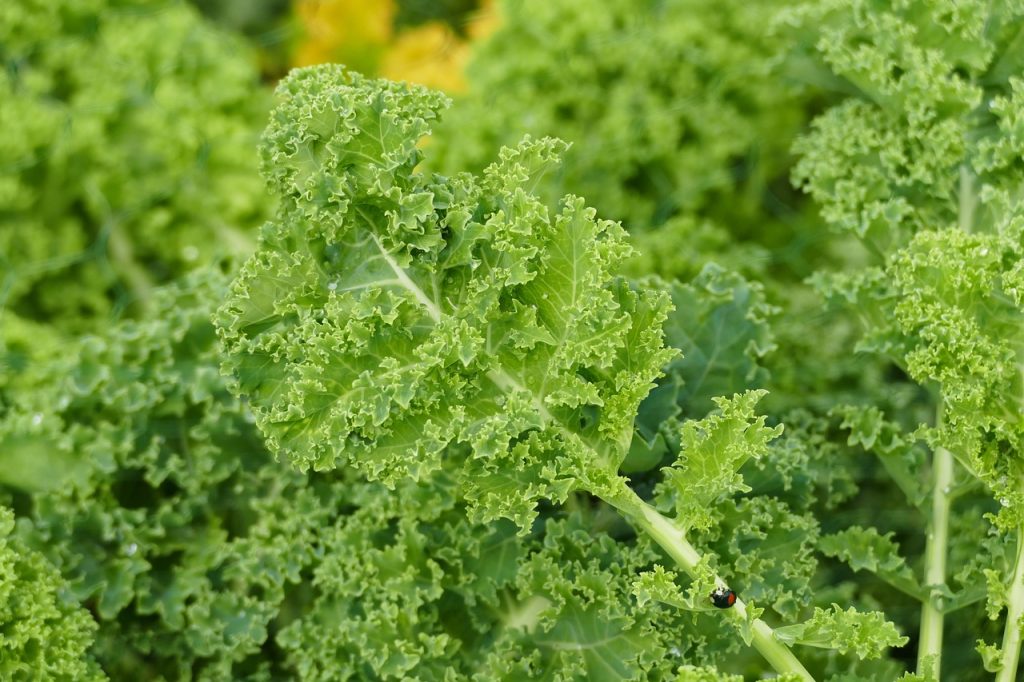
Kale is a remarkably hardy plant that flourishes in cooler temperatures. Best suited for USDA zones 3 to 9, kale can endure temperatures dropping down to 20°F. Planting in late October gives the kale several weeks to establish roots before the ground freezes. This leafy green can be harvested well into the winter, becoming sweeter after a frost. For the best results, consider planting a variety of kale, such as Winterbor or Lacinato, to enjoy different textures and flavors.
Garlic
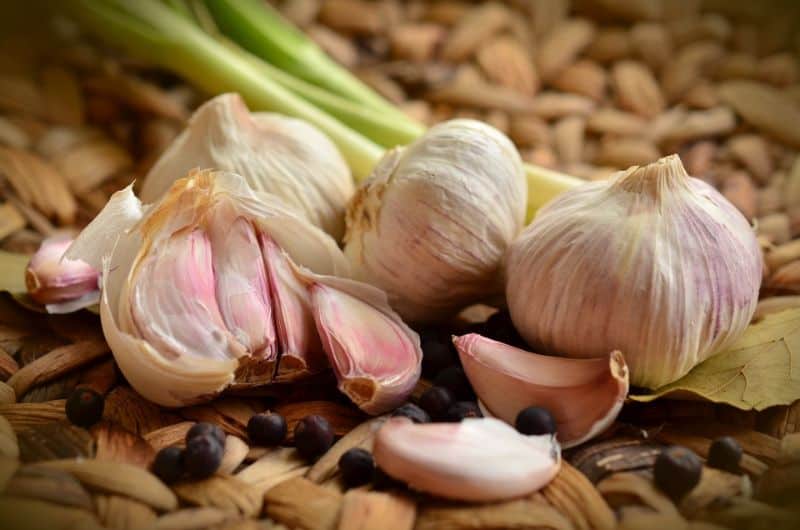
Garlic should be planted in late October in USDA zones 4 through 9. Planting now allows the garlic cloves to establish a root system before the winter. They prefer well-drained soil and can survive the coldest winters—down to 0°F—with proper mulching. Use a fertile, rich soil and bury the cloves about 2 inches deep, with the pointed end facing up. A robust garlic harvest awaits you come late spring, typically around July.
Brussels Sprouts
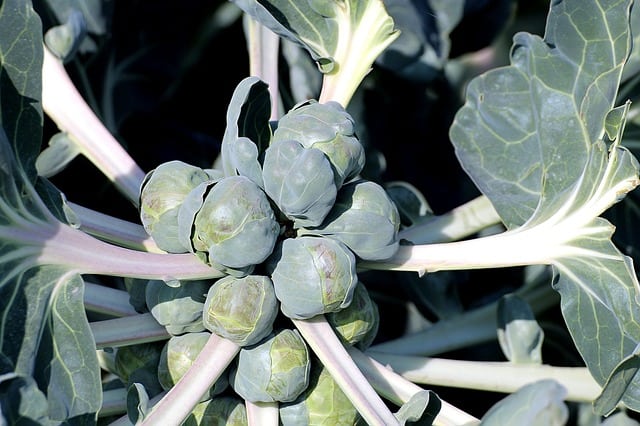
Brussels sprouts thrive in USDA zones 3 through 7, and late October is an ideal time to sow seeds or transplant seedlings. These plants prefer cooler temperatures, as they need the chilling effect to develop tightly packed buds. Brussels sprouts can withstand temperatures down to 20°F and actually taste better after a frost. If planting starts in late October, the expected harvest will be in late winter, providing a nutrient-rich vegetable during months when fresh produce is scarce.
Carrots
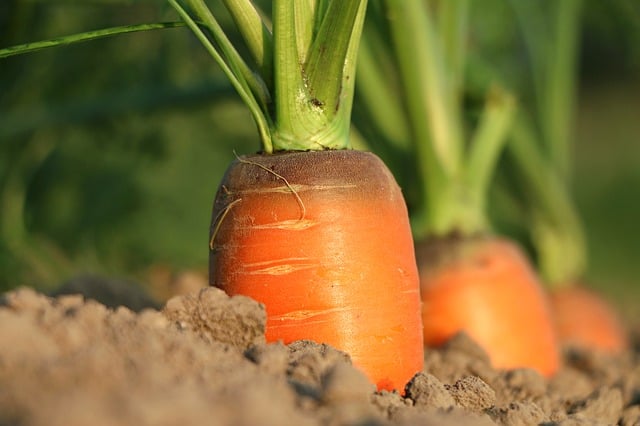
Carrots can be sown directly into the ground in USDA zones 3 through 7 from late March until late October. In zones 8 and 9, you can continue to plant varieties like Nantes or Imperator. They grow best in loose, well-drained soil and can tolerate occasional frost. As late October can bring cooler nights, covering your rows with agribon or fleece can help protect tender seedlings and even encourage growth through the cooler months.
Radishes
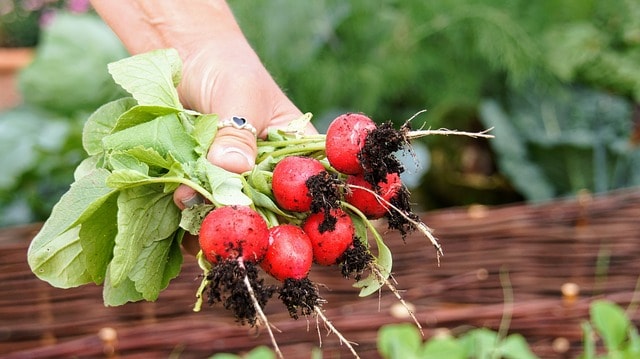
Radishes are a fantastic option for late planting in USDA zones 3 through 9. They have a rapacious growth rate and can be ready for harvest just a few weeks after planting. In cooler weather, radishes develop a bolder flavor. Plant them directly in the ground in rows 6 inches apart, and you’ll enjoy fresh radishes as early as late November or early December in warmer areas.
Turnips
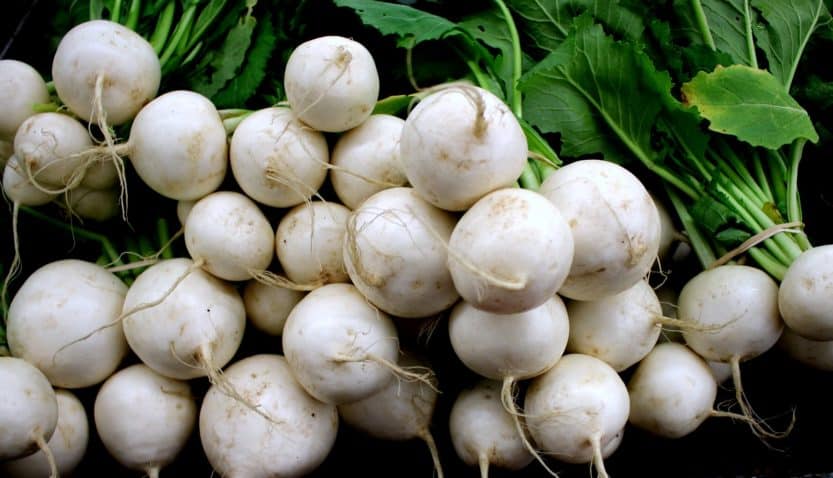
Turnips are resilient roots suitable for planting in USDA zones 2 through 9. They’re excellent for late October sowing, with a short growing season of around 60 days. This makes them perfect for those looking to maximize their fall harvest. Turnips can survive temperatures as low as 20°F, developing a sweet flavor after exposure to frost. Their nutrient-dense roots make them a wonderful addition to hearty winter stews.
Mustard Greens
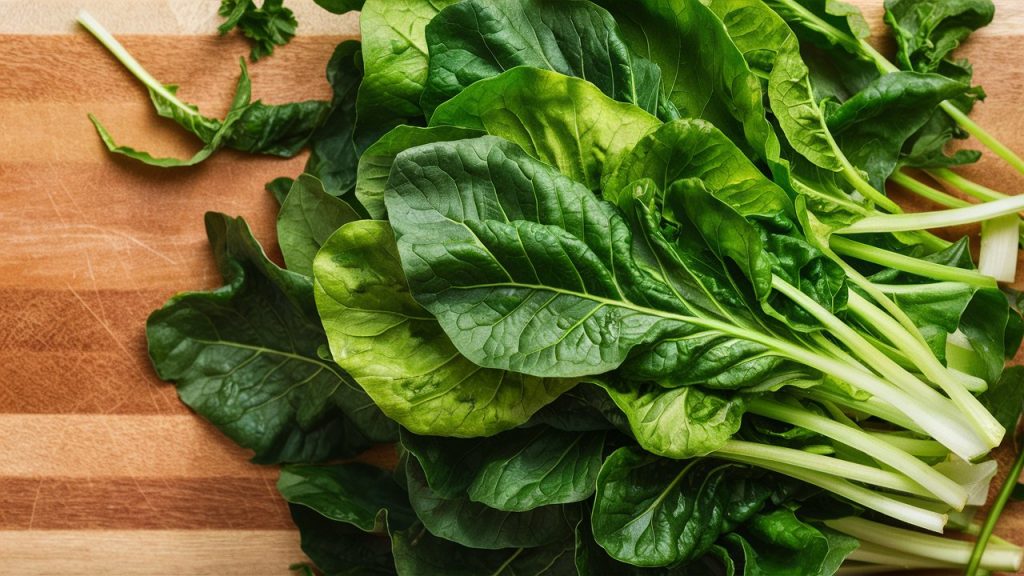
If you’re looking for a leafy green that thrives in the cold, look no further than mustard greens, which can be planted in USDA zones 5 through 9. They prefer cooler seasons and can tolerate temperatures down to 20°F, making late October ideal for their growth. Mustard greens grow rapidly, typically maturing within 30-50 days, providing a spicy, nutritious addition to salads or cooked dishes.
Beets

Beets are another great choice for late October planting, particularly in USDA zones 4 through 9. They are tolerant to light frosts, and their sweet, earthy flavor often intensifies after exposure to colder temperatures. Sowing seeds about an inch deep in well-draining soil will yield roots ready for harvest in late winter or early spring. Be mindful to keep the soil moist as they germinate, usually taking about three weeks.
Chard
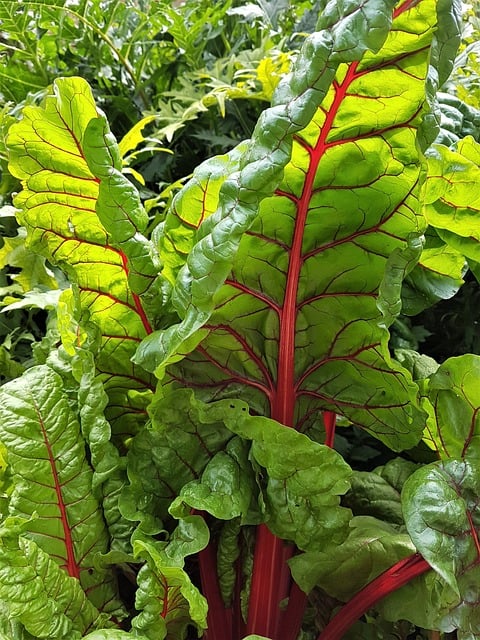
Swiss chard is another cool-weather favorite that thrives through late October in USDA zones 5 to 9. It can withstand light frosts and continues to grow, making it an excellent choice for your autumn garden. Chard offers vibrant colors and can be harvested throughout fall and winter. Its nutritional profile is impressive, rich in vitamins A, C, and K. Sowing chard seeds directly into the ground gives you a beautiful and productive garden that will last well into colder months.
Flowers To Plant
Besides vegetables, late October can also provide a wonderful opportunity for planting flowers. Many flowers benefit from being planted close to frost, allowing them to establish strong roots in milder conditions.
Pansies
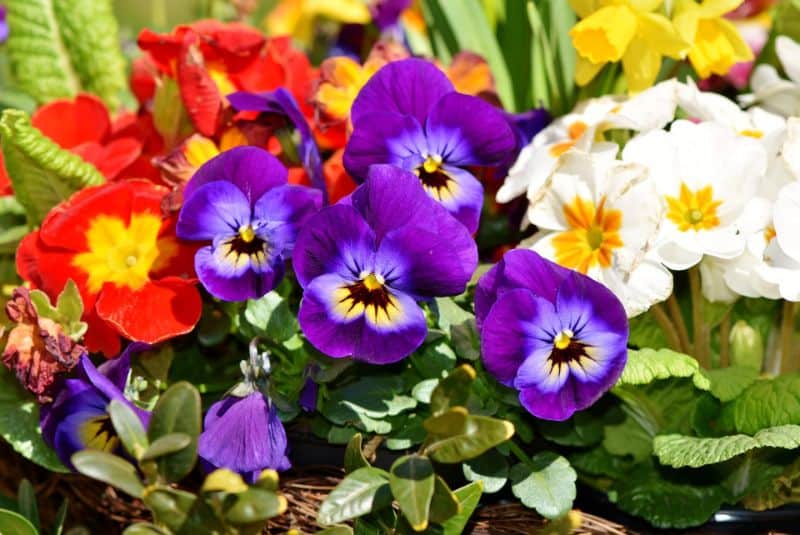
Pansies are remarkable for their resilience in cooler weather and are ideal for planting in USDA zones 4 through 9. They can withstand temperatures that approach freezing, and the flowers often bloom through winter if provided protection. Pansies come in a myriad of colors and adapt well, making them an excellent choice for fall and winter pots, garden beds, or as border plants.
Primroses
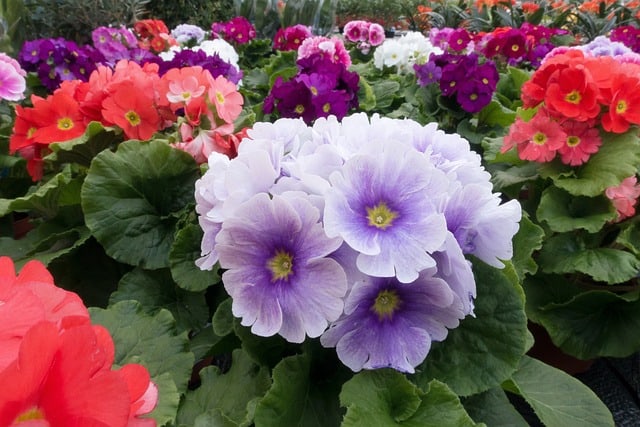
Primroses, particularly hardy varieties, can be successfully planted in late October across USDA zones 6 to 9. These flowers thrive in cooler temperatures and bloom early in the spring. They prefer rich, well-drained soil and do well in partially shaded areas, providing character and color when many other plants lie dormant.
Violas
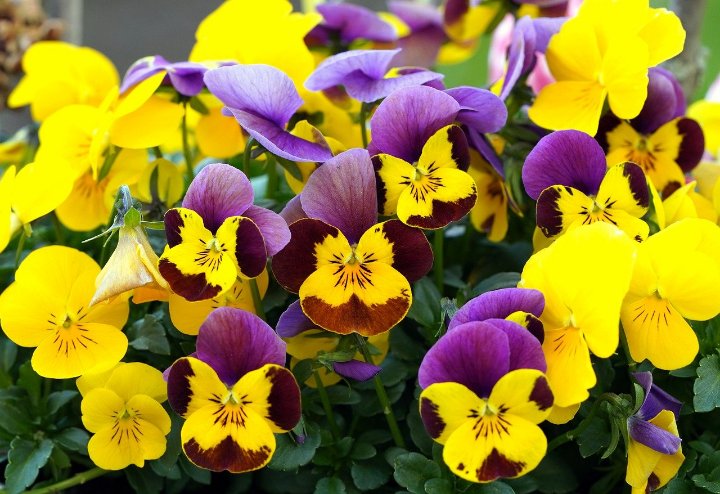
Similar to pansies, violas are particularly tolerant of cool temperatures and can be planted in zones 4 to 9. They bring brilliant colors to gardens and can also survive mild frosts. Planting violas in late October allows for blooms that last well into early spring. Violas often function as ground cover, thriving and spreading even in less-than-ideal conditions.
Ornamental Cabbage and Kale
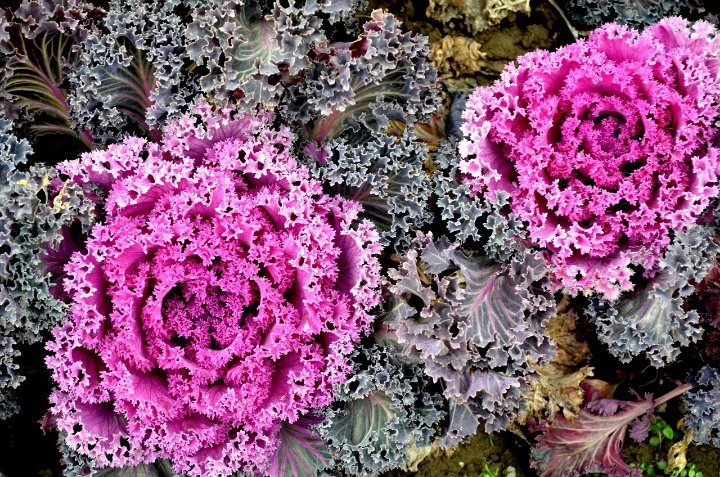
Ornamental cabbage and kale are ideal for adding stunning color and texture to gardens during late fall through early winter in USDA zones 3 to 9. These hardy plants flourish in cooler weather and can endure frost. They make excellent additions to seasonal decorations, with vibrant shades of purple, white, and green. Plant as a border or in containers, as they can thrive through the holiday season.
Sedum
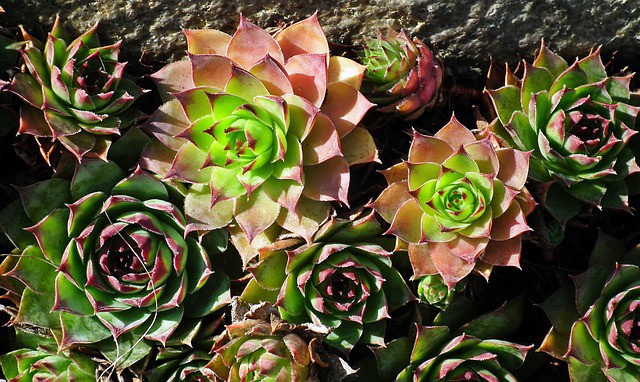
Sedum (stonecrop) is well-suited for USDA zones 3 through 9, making it a hardy addition to your late October planting list. These succulent flowers are drought-resistant and can thrive in poor soil. Plant them in well-draining areas, where they’ll flourish with minimal attention. Sedum blooms beautifully in late summer and fall, providing interest and beauty as other plants wilt.
Chrysanthemums

Chrysanthemums are quintessential fall flowers. Planting in late October ensures that these hardy perennials can flourish in USDA zones 3 through 9. Mums are particularly resilient, withstanding cold temperatures, and offer a striking display in gardens. They can provide vibrant hues long into the fall and have a pleasant fragrance that attracts pollinators.
Asters
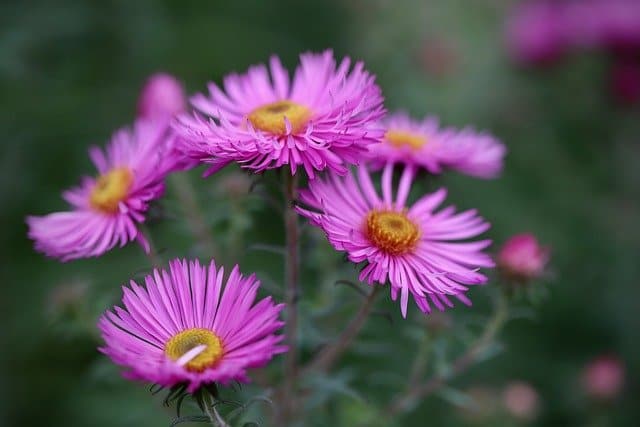
For late October, asters are yet another beautiful flower option in USDA zones 3 to 9. These perennial plants offer a burst of color and can thrive in cool conditions, blooming well into autumn. The deep blue, purple, or white flowers attract butterflies, making them a desirable addition for wildlife-friendly gardens.
Snapdragons
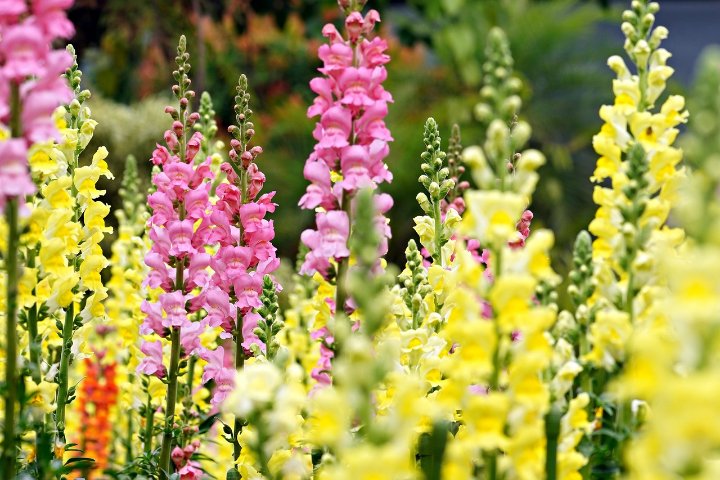
Snapdragons are remarkable for adding vertical interest and color to flower beds. They can be sown in USDA zones 3 through 9 and thrive best when planted in late October. Snapdragons can tolerate light frosts, making them suitable for fall gardens and capable of blooming into spring. Choose a variety of heights and colors to create an eye-catching floral display.
Sweet Williams

Sweet Williams offer beautiful clusters of flowers with a delightful fragrance, making them a great late October addition in USDA zones 4 to 9. These biennials thrive in cool weather and produce eye-catching blooms in early spring. They work well in borders or mass plantings. Their resilience against frost means they’ll provide color in your garden well before summer arrives.
Perovskia (Russian Sage)
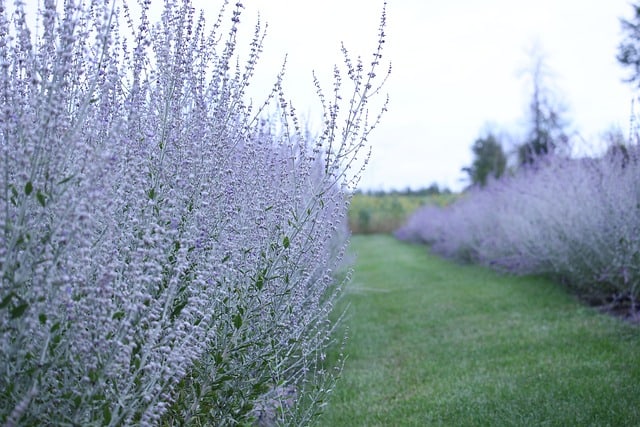
Russian sage is an outstanding choice for late October in USDA zones 4 to 9. This perennial is drought-tolerant and requires minimal maintenance, making it a perfect selection for busy gardeners. Their soft, silvery foliage and lavender-blue flowers provide a stunning contrast to autumn’s colors and thrive even in cold temperatures.
Herbs To Plant
Herbs are another essential category to consider planting in late October, especially for regions with mild winters that allow for year-round cultivation. Below are a variety of herbs that thrive in cooler temperatures, making them perfect for late October planting.
Garlic Chives
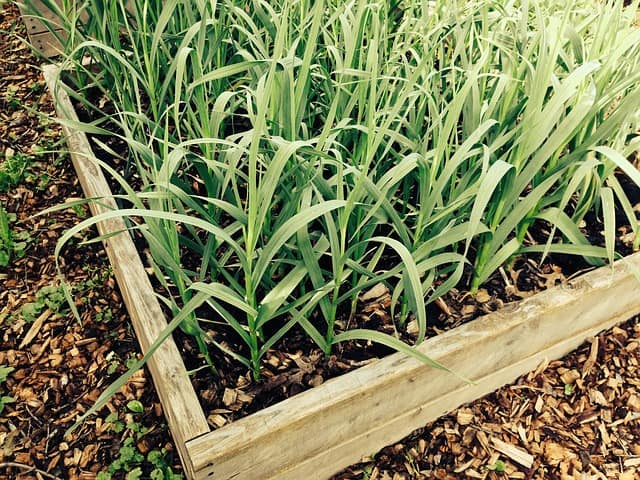
Garlic chives are incredibly durable and can easily survive in USDA zones 3 to 9. Planting in late October allows these aromatic herbs to establish their roots before winter. They produce beautiful white flowers in the summer but can be harvested throughout winter for your culinary needs. Garlic chives also have a flavor profile similar to garlic, enhancing your dishes and adding a perennial beauty to your herb garden.
Thyme
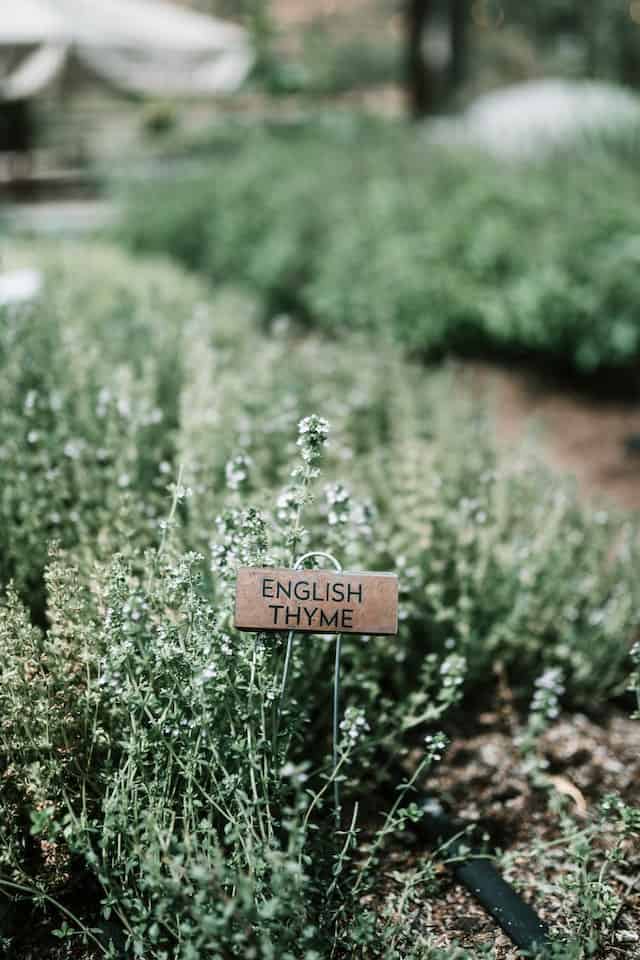
Thyme is a resilient herb that adapts well to various conditions. Thriving in USDA zones 3 to 9, thyme can withstand colder temperatures and dormant periods caused by frost. It’s best to plant thyme in well-draining soil, allowing its aromatic leaves to flourish. As a perennial herb, it will return year after year, making it a wise investment for your garden.
Oregano
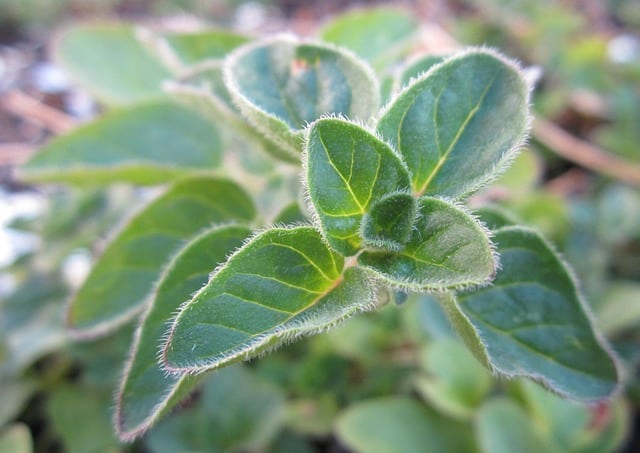
Oregano is a must-have herb for any garden and can be planted in USDA zones 4 to 9. Planting in late October allows these hardy companions to get established before colder weather sets in. Oregano is remarkably cold-tolerant, surviving frost and offering robust flavors for culinary needs. Its low-growing nature makes it perfect for edging or ground cover.
Sage
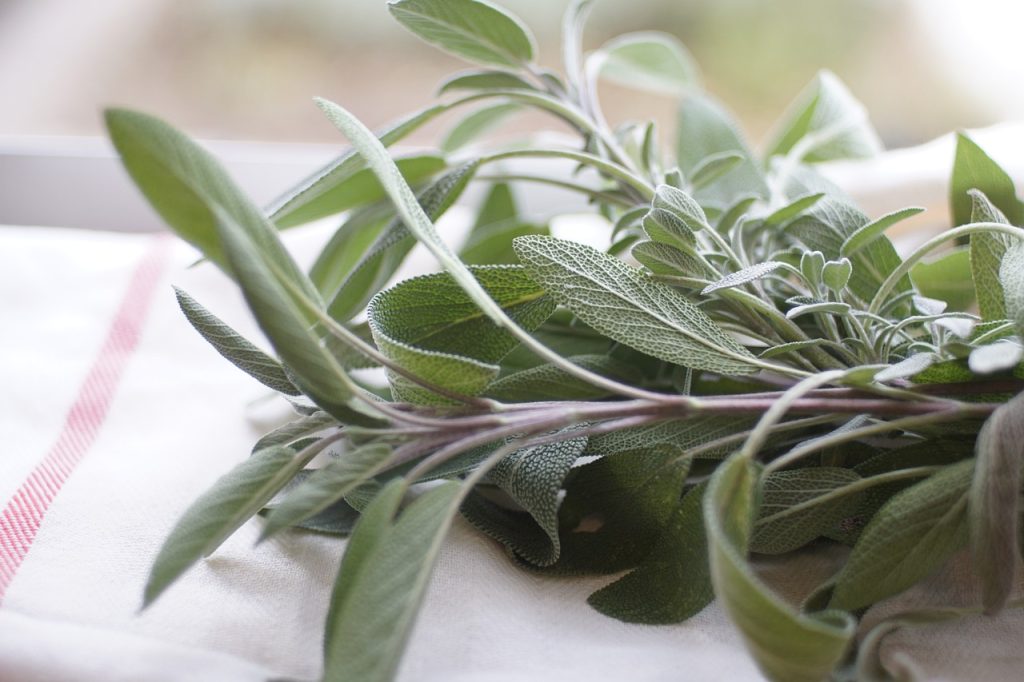
Sage is another herb well-suited for late October planting in USDA zones 4 to 9. It thrives in well drained soil and can tolerate chilly conditions, gaining stronger flavors over time. This perennial herb can be harvested throughout the winter and is a fantastic addition for enhancing the taste of various dishes. Sage also attracts pollinators, adding life and vibrancy to your garden.
Parsley
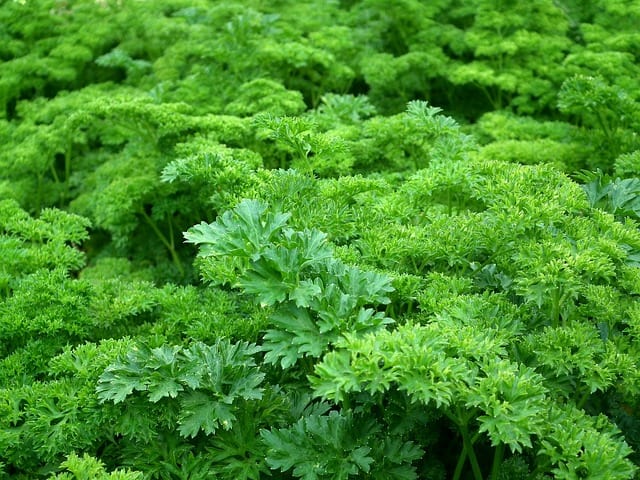
Parsley is a biennial that benefits from cooler temperatures, making late October an excellent time to plant in USDA zones 3 to 9. This versatile herb is hardy enough to survive cold spells and can be harvested even in winter. Parsley’s fresh taste and nutritional properties make it a favorite in many recipes, ensuring it becomes an enduring staple in your herb garden.
Chervil
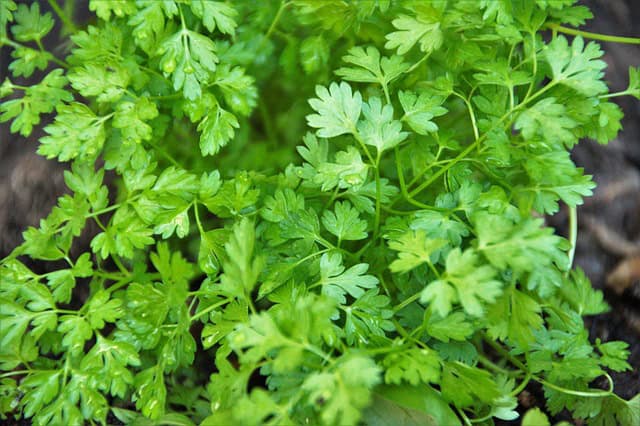
Chervil is a lesser-known herb often overshadowed by its more popular counterparts. It thrives in USDA zones 4 to 9 and can be planted in late October as a fall crop. Chervil flourishes in cooler weather; thus, it presents the chance to enjoy its delicate flavor in salads and other dishes over the winter months. Just be mindful to keep it moist, and it will produce lovely greenery throughout the colder seasons.
Cilantro
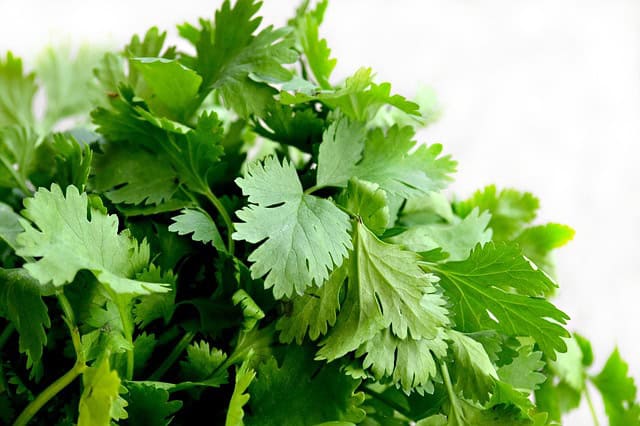
Cilantro, or coriander in its seed form, is best planted in USDA zones 3 to 9 during cooler months. Late October is perfect for sowing seeds, allowing the robust foliage to emerge in late fall or early winter. The cooler temperatures enhance cilantro’s flavor, making it a prized addition to various culinary delights. Consider planting the seeds slightly deeper than average to help with germination.
Dill
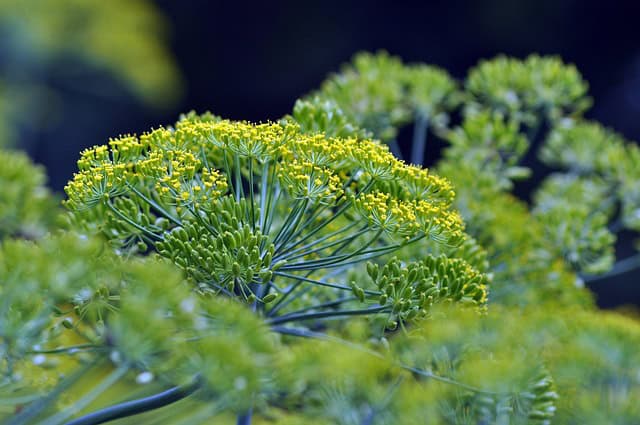
Dill is a hardy annual herb that can be planted in USDA zones 3 to 9 in late October. While it thrives best in cooler months, dill is capable of surviving light frosts, making late autumn planting favorable. Its pungent, aromatic leaves can be enjoyed throughout winter in warmer areas. Dill adds a vibrant touch to recipes and can be harvested within 6 to 8 weeks after planting.
Mint
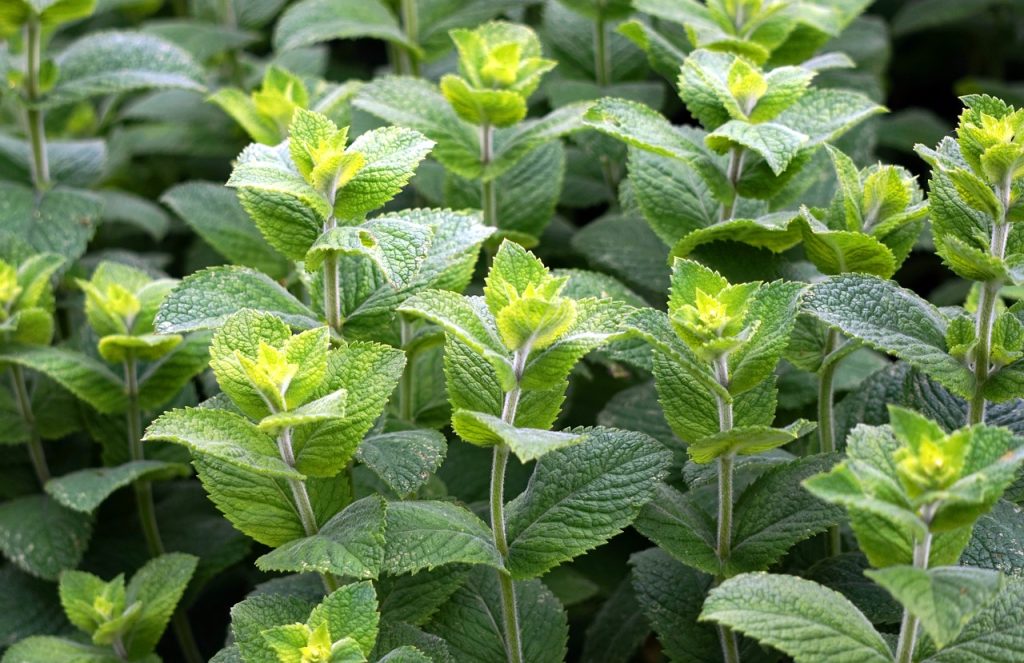
Mint is a vigorous herb that thrives in various growing conditions, including USDA zones 3 through 10. It is perfect for late October planting, given its cold-hardy nature. Mint can withstand frost and even improves in flavor after exposure to chill. Due to its invasive tendencies, consider planting it in containers or controlled areas to keep its growth in check.
Winter Savory
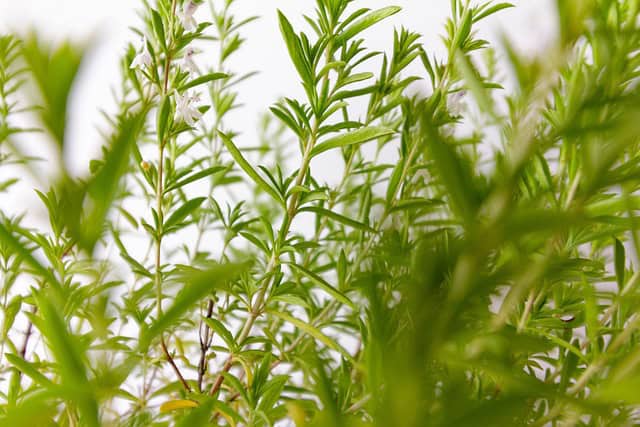
This herb is often underrated, yet it thrives in USDA zones 4 to 9 and can be planted in late October. Winter savory is known for its flavor, which complements beans and other savory dishes. Its hardy nature allows it to survive in various conditions, making it a desirable addition to your herb garden in preparation for winter.
Landscape Plants To Plant In October
Late October is not just for edible gardening—it also offers an excellent opportunity to enhance your landscape with persistent and hardy plants. These plants will not only survive the colder months but also provide structure and beauty to your garden.
Barberry (Berberis)
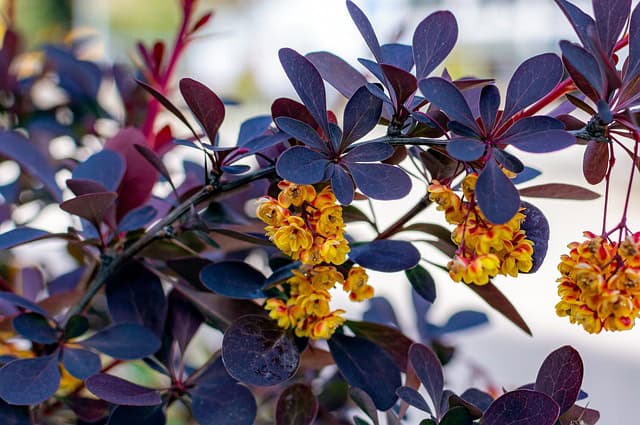
Barberry is an excellent garden shrub that flourishes in USDA zones 4 to 8. It’s particularly hardy and can withstand various soil conditions. Planting in late October allows these deciduous shrubs to establish before winter, providing vibrant fall foliage—ranging from red to yellow—and attractive berries. Their thorny branches can also act as a natural deterrent to unwanted pests.
Juniper
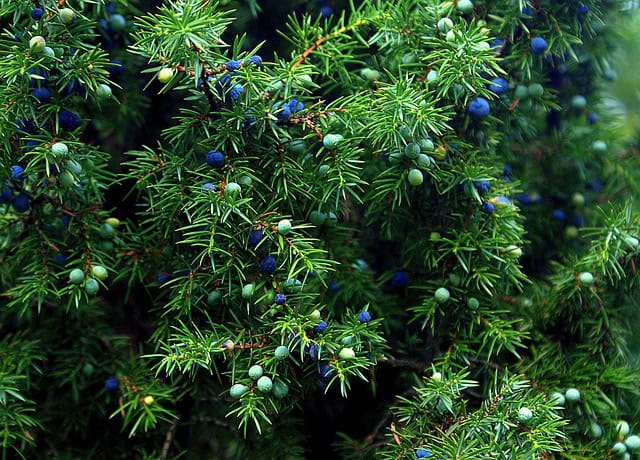
Junipers are evergreen shrubs that serve as excellent choices for tough landscaping situations. They thrive in USDA zones 3 to 9, offering excellent drought resistance. Planting these hardy plants in late October gives them ample time to establish roots before temperatures drop. Their variety of forms—from low ground covers to towering trees—adds interest and structure to any landscape design, enduring through winter.
Ornamental Grasses
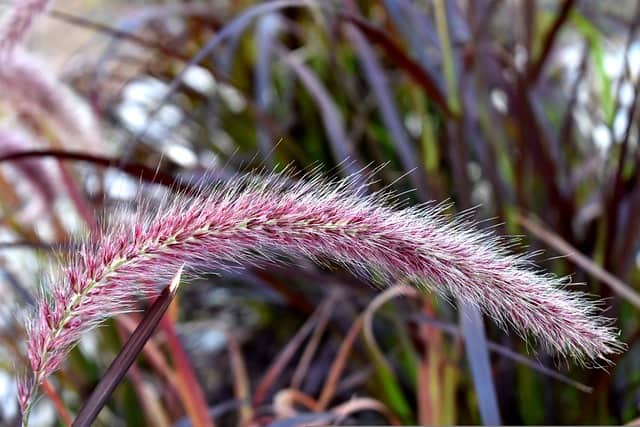
Ornamental grasses such as Miscanthus sinensis and Panicum virgatum offer stunning textures and colors in any landscape. They can be planted in USDA zones 4 through 9. Late October is an ideal time for planting, as they can establish a robust system before the frost. These grasses can withstand cold temperatures and add character and movement to landscapes throughout the year with their feathery plumes.
Holly
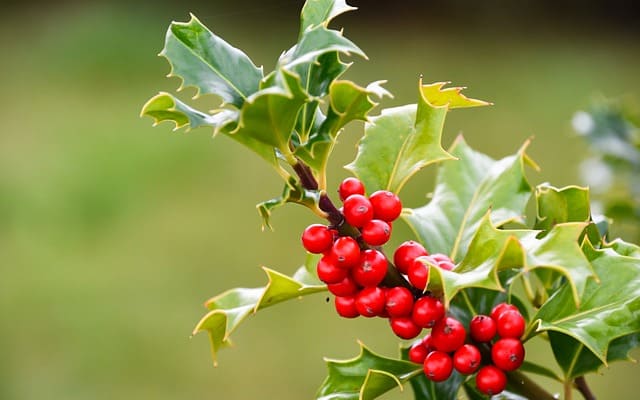
Holly is an iconic evergreen shrub, particularly suitable for USDA zones 5 to 9. Known for their glossy leaves and bright red berries, holly bushes are a staple of winter landscapes. Late October planting is ideal, allowing the plant to acclimatize before the colder months. Not only does holly provide a festive look during the holiday season, but it also supports local wildlife as a food source.
Spirea
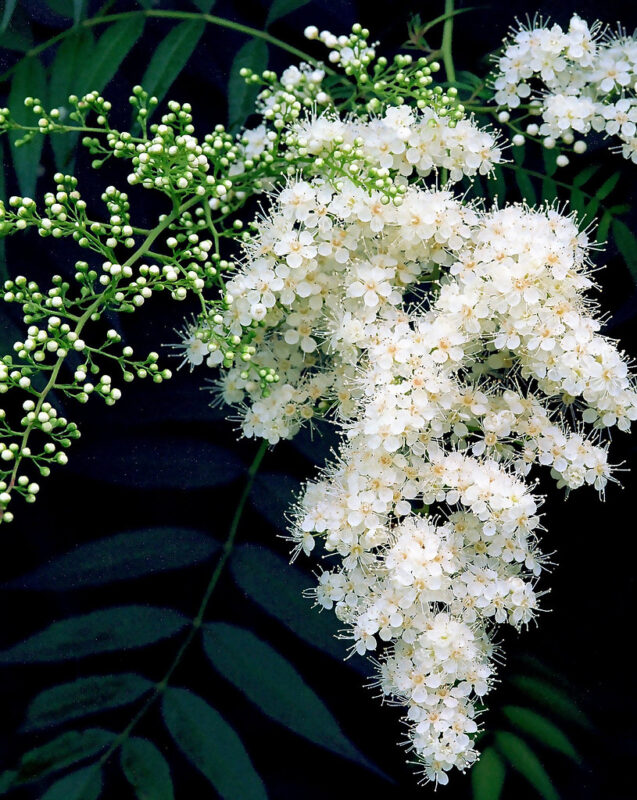
Spirea is a shrub that thrives in USDA zones 3 to 8, making it a versatile option for planting in late October. This shrub produces lovely clusters of flowers during the spring and has spectacular fall foliage. Spirea is relatively low-maintenance and can adapt to different soil types. Planting in October ensures the shrub is well-rooted before winter, providing vibrant blooms in early spring.
Red Twig Dogwood
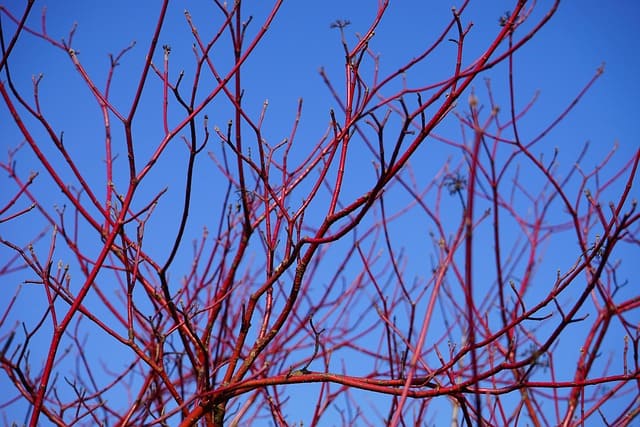
For a splendid winter garden aesthetic, consider planting Red Twig Dogwood in zones 3 to 7. The vibrant red stems make this shrub an eye-catching feature during the otherwise dormant months. Late October is a prime time for planting to ensure they establish themselves before frost, and this plant can thrive in wet conditions, bringing dimension and color to otherwise stark winter landscapes.
Boxwood
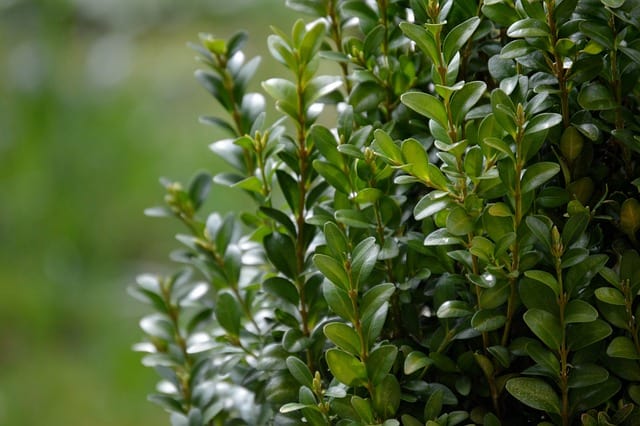
Boxwood is a classic evergreen shrub suitable for manicured landscapes, thriving gracefully in USDA zones 5 to 9. Planting in late October allows these shrubs to settle in as winter arrives. With a variety of shapes and sizes, boxwoods can serve as hedging, borders, or standalone features. They endure through the winter, keeping gardens green and vibrant even in colder months.
Dogwood (Cornus)
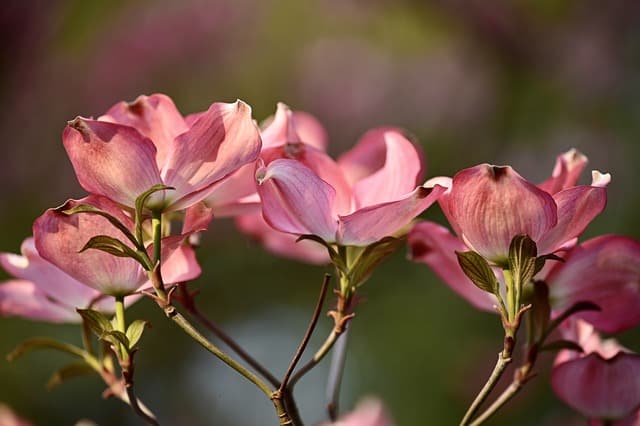
Dogwoods are stunning trees or shrubs that can adapt to various USDA zones (generally zones 2 to 8). Planting in late October provides the opportunity for them to germinate and establish their roots before winter sets in. With delicate flowers in spring and striking fall colors, dogwoods bring sensory appeal to the landscape. They also offer valuable habitats for wildlife, enriching biodiversity in your garden.
Witch Hazel
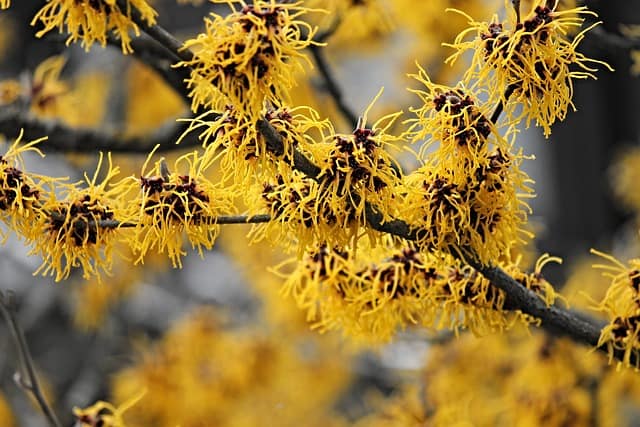
Witch hazel is a unique shrub that can thrive in USDA zones 3 to 8. It offers gorgeous, fragrant yellow flowers in winter, a bittersweet boon during the drab months. Planting in late October lets the shrub prepare for the colder months, ensuring it blooms at its best come winter. Witch hazel is an excellent conversation starter in the garden, as it presents a stunning contrast to typical winter scenery.


